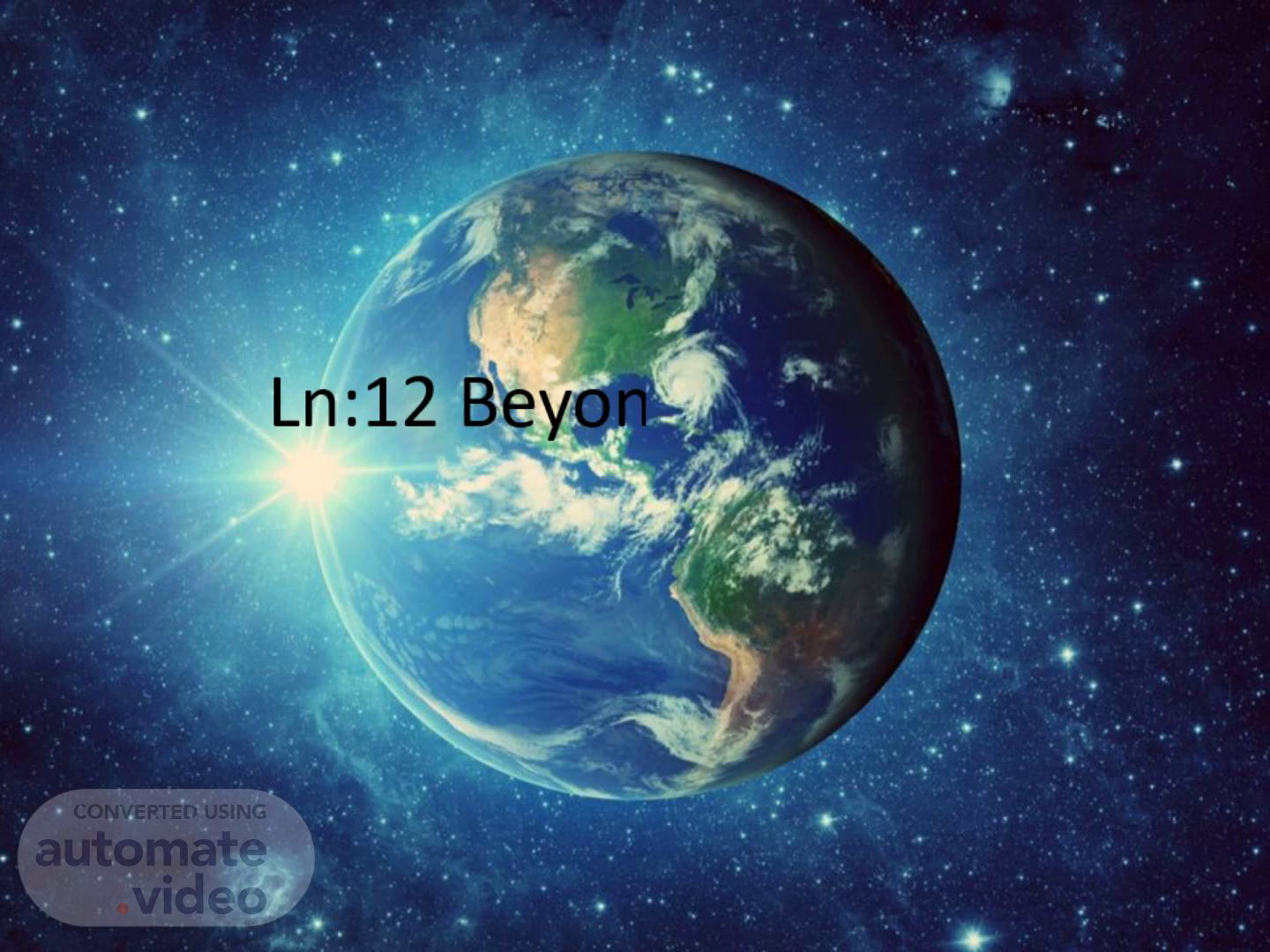Scene 1 (0s)
Ln:12 Beyond the Earth.
Scene 2 (6s)
Movement of Stars. Earth rotates on its axis from west to east Stars appear to move from east to west, when you observe from URSA MAJOR moves around the POLE STAR The pole star is stationary in the sky. All the other stars revolve around it from east to west direction.
Scene 3 (24s)
Observing the night sky. Light pollution (excessive artificial lights) hinders the watching of night sky. Best observed from an open dark area, away from bright city lights. Choose moonless nights with no clouds. Tools needed to observe the night sky Night sky watch app – help you identify stars and constellations Compass (or) compass app – direction A binocular or a telescope.
Scene 4 (41s)
Solar System. The Sun, the eight planets, their moons, and the other heavenly objects that revolve around the sun form the Solar System Unit to measure distances in the solar system -Astronomical Unit The approximate distance between the sun and the earth is 1 au = 150 million km.
Scene 5 (57s)
Sun. The Sun is the closest star to the Earth The average distance from each = 150 million km 1.4 km diameter (10 times the diameter of Earth) Huge ball of hot gases (hydrogen and helium) Source of almost all energy in the Earth.
Scene 6 (1m 12s)
Planets. Heavenly objects that revolve around the sun They do not give light on their own They reflect the light from the sun They are smaller than the Sun and other stars Mercury, Venus, Earth, Mars, Jupiter, Saturn, Uranus and Neptune are the eight planets in our solar system. They revolve around the sun along defenite path called orbits.
